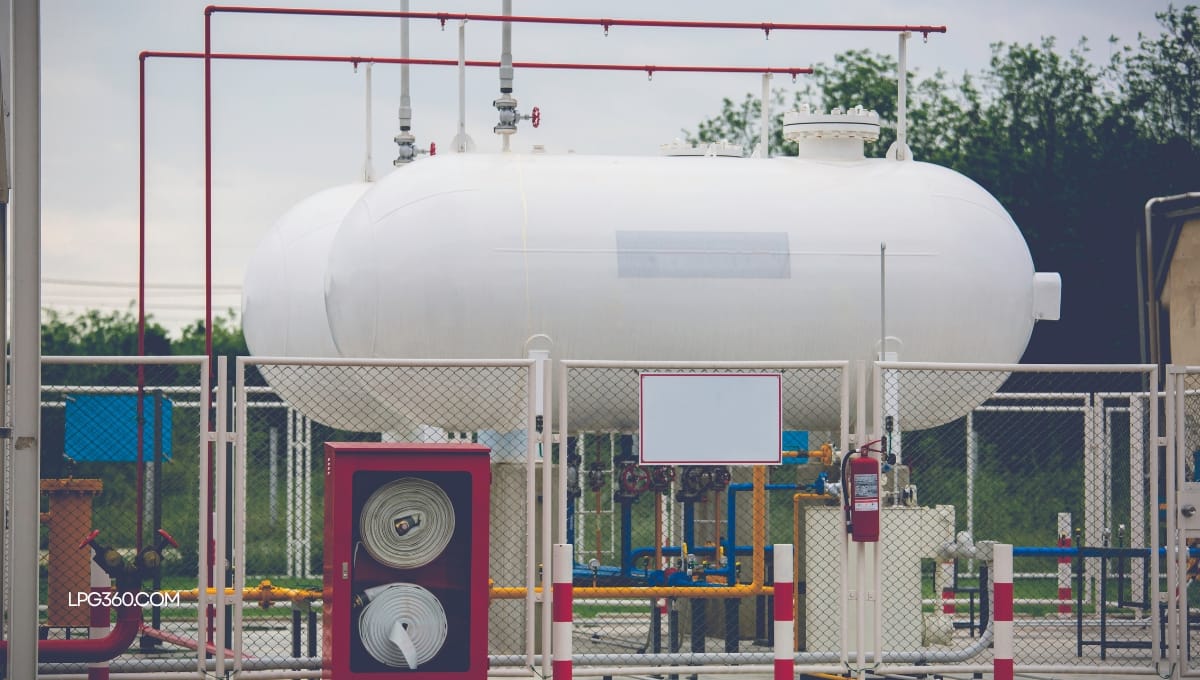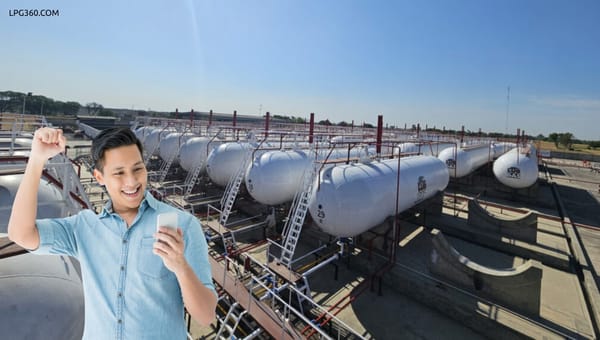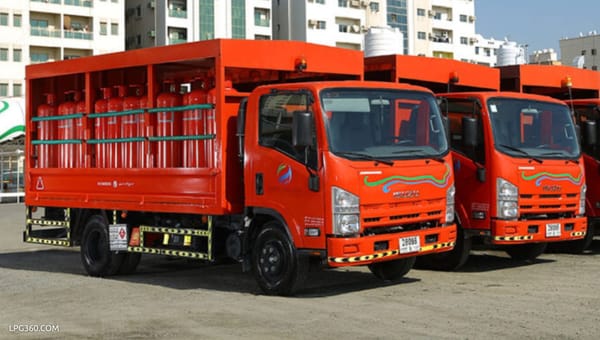How to Run a Safe LPG Plant

The Imperative of Safety
LPG plants are critical energy infrastructure, but their operation carries inherent risks. Strict adherence to safety protocols is non-negotiable for protecting lives, property, and the environment. A safe LPG plant not only ensures compliance with regulations but also protects its reputation, reduces liability, and maintains business continuity. By prioritizing safety, LPG plant operators can prevent accidents, reduce downtime, and ensure a secure working environment. A well-managed safety program is essential for the long-term success of any LPG plant.
This blog explores how to run a safe LPG plant, providing guidance on best practices, regulatory compliance, and employee training.
Regular Inspections and Maintenance: Preventative Measures
Routine checks for leaks, corrosion, and structural integrity are essential. Implement a detailed maintenance schedule to ensure equipment operates at peak performance. Regular inspections help identify potential hazards, allowing for prompt corrective action. This proactive approach prevents accidents, reduces downtime, and extends equipment lifespan.
Employee Training and Preparedness: Human Factor Safety
Comprehensive training on hazard identification, emergency response, and safe handling is vital. Conduct regular drills and refreshers to maintain a high level of preparedness. Employees should understand the risks associated with LPG and know how to respond in emergency situations. Training programs should include:
· Hazard recognition and reporting
· Emergency response procedures
· Safe handling and storage practices
· Fire prevention and suppression techniques
Emergency Preparedness: Planning for the Unexpected
Develop detailed emergency plans covering evacuation procedures, fire suppression, and communication protocols. Regularly test and update these plans to ensure effectiveness. Emergency preparedness measures should include:
· Evacuation routes and assembly points
· Fire extinguisher locations and usage
· Emergency contact information and communication protocols
· Regular drills and training exercises
Regulatory Compliance: Adhering to Standards
Strictly follow OSHA, EPA, and local regulations. Implement a Permit-to-Work system for high-risk activities. Maintain meticulous records of inspections, training, and compliance. Regulatory compliance demonstrates a commitment to safety and helps avoid costly fines and penalties.

Conclusion: A Commitment to Safety
Running a safe LPG plant is an ongoing commitment. Prioritize safety to protect your employees, community, and business. By implementing these measures, you can minimize risks, ensure compliance, and maintain a reputation for safety excellence. Remember, safety is everyone's responsibility, and a collective effort is required to maintain a safe working environment. By staying vigilant and proactive, LPG plant operators can create a culture of safety that benefits everyone. Ultimately, a safe LPG plant is a successful and sustainable one.
Schedule a comprehensive safety audit today. Identify and address potential risks to ensure your plant meets the highest safety standards.
#LPG #LPG360 #LPGSafety #GasPlantSecurity #IndustrialSafety #LPGHandling #EmergencyPreparedness #FirePrevention #SafeWorkplace #SafetyTraining #RiskManagement #GasLeakPrevention #CylinderStorage #SafetyFirst #WorkplaceProtection #GasIndustry #SafetyCulture #SecureOperations #EmergencyResponse #LPGStandards #PlantManagement #GasFacilitySafety







